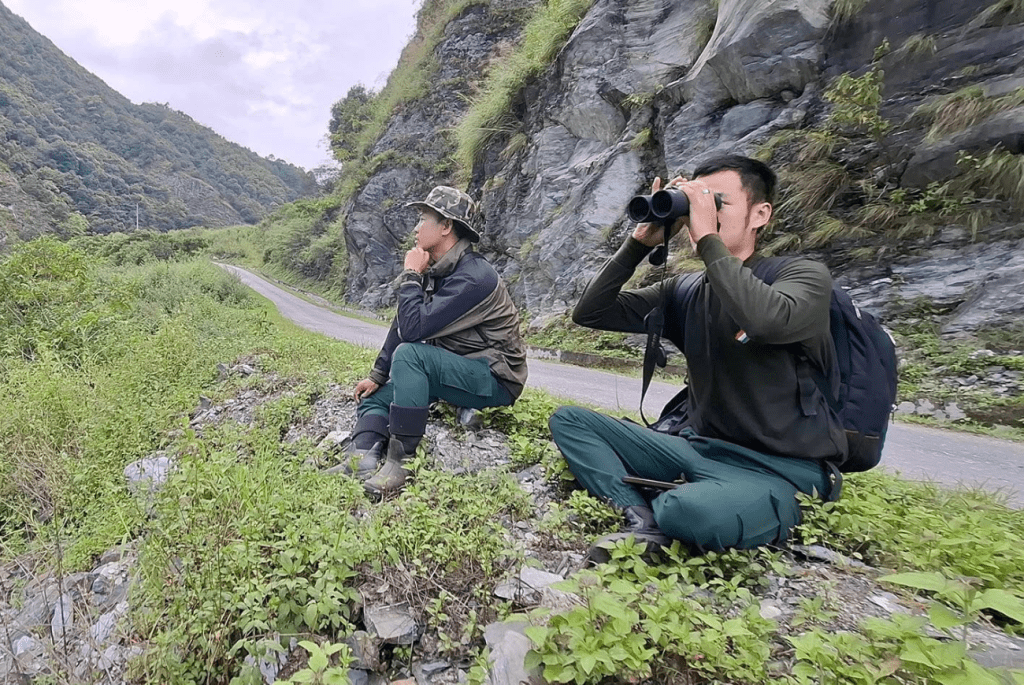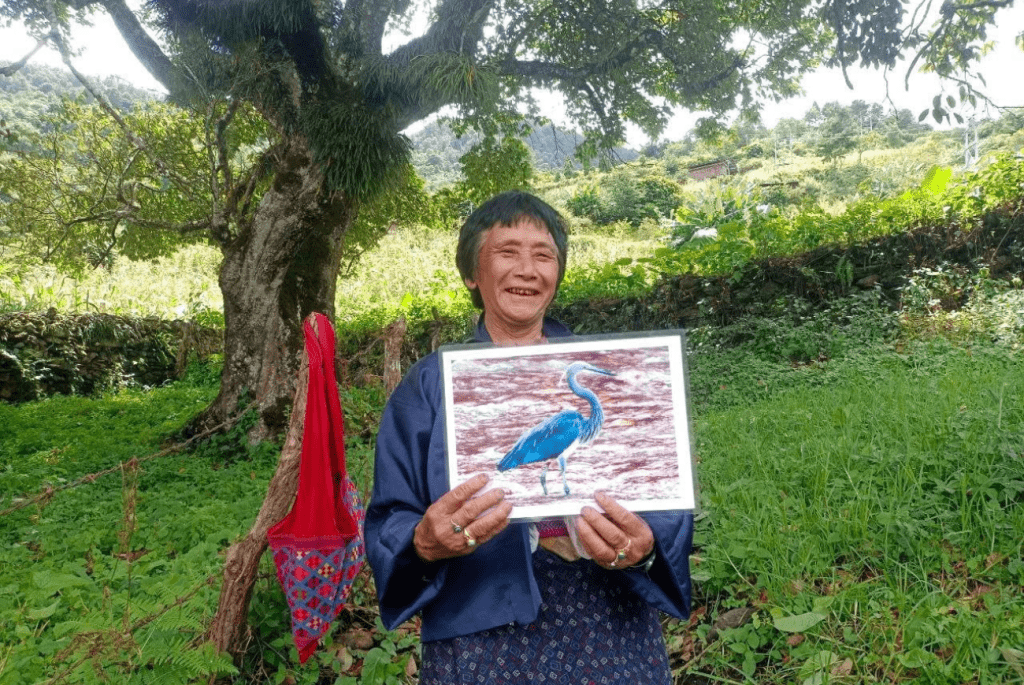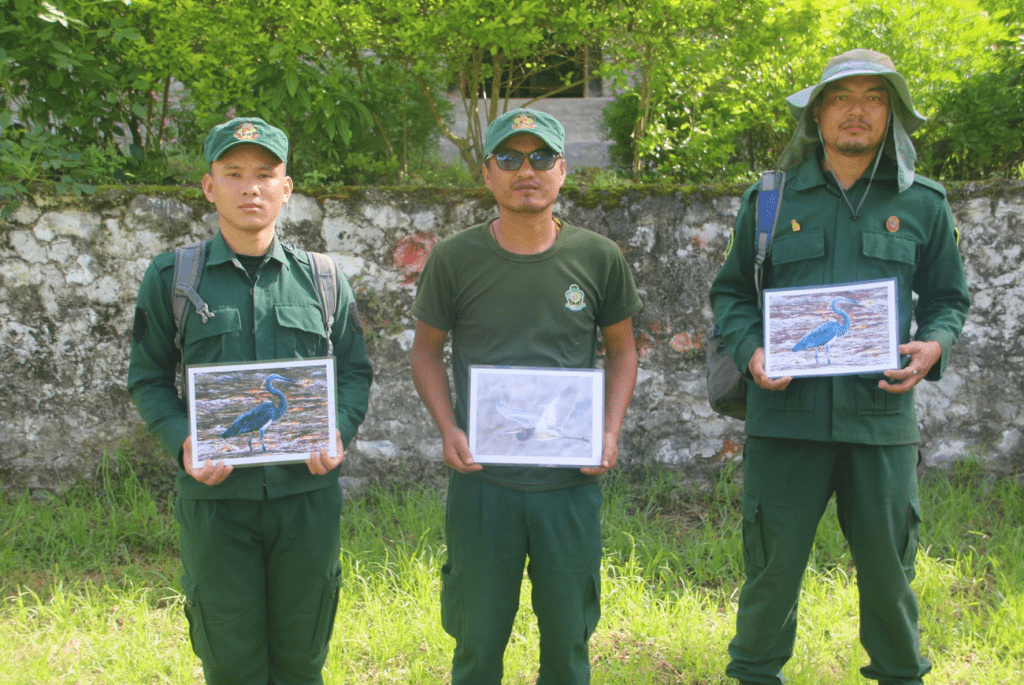In the far-flung eastern corners of Bhutan lie the beautiful villages of Lauri, Serthi, Zangthi, Menjung, and many more. These communities, perched on the slopes of rugged mountains, are tied together by the easternmost river of Bhutan- the Jomori River.
Long ago, elders recall spotting a magnificent bird along this river: the White-bellied Heron, one of the rarest species on Earth. Sadly, despite two intensive surveys, no recent records of the heron have been found here. Some fear it may have already disappeared before communities realized its global significance.
Yet, our determination remains unshaken. This coming winter, we will return for a third survey—hoping against odds that the great bird might still grace these waters. The Royal Society for Protection of Nature (RSPN), together with Jomotshangkha Wildlife Sanctuary under the Department of Forests and Park Services, is leading this mission. Step by step, season by season, our teams are assessing not only the heron’s habitat but also the river’s broader biodiversity—from otters to other riverine wildlife.
But this expedition is not only about rivers and wildlife, it is also about people.Before each survey, we train young Bhutanese and local partners to collect data and explore these wild rivers. We have engaged with more than 400 households across scattered villages along the Jomori to understand socio-economic conditions. This knowledge helps RSPN design alternative livelihood options that both uplift communities and conserve biodiversity.
For remote communities, the White-bellied Heron symbolizes more than rarity, it represents cleaner rivers, richer fish stocks, healthier forests, and new eco-tourism opportunities. Conservation becomes more than a scientific mission, it becomes a conversation. We listened to stories, shared knowledge about the heron, and planted the seeds of stewardship. Through surveys, training, and awareness, the White-bellied Heron has become a bridge linking nature and people, science and tradition, hope and action. Even if the bird is absent from the Jomori today, our efforts ensure that both the land and the people are ready to welcome it back-should it ever return.We are grateful to Jomotsangkha Wildlife Sanctuary , Department of Forests and Park Services, Local government, and schools for the partnership in implementing this project activities.This project is supported by Asian Species Action Partnership and Global Wildlife Fund Limited.



Copyright © 2025 RSPN All Rights Reserved